Home>Gardening & Outdoor>Landscaping Ideas>What Is Shave Grass
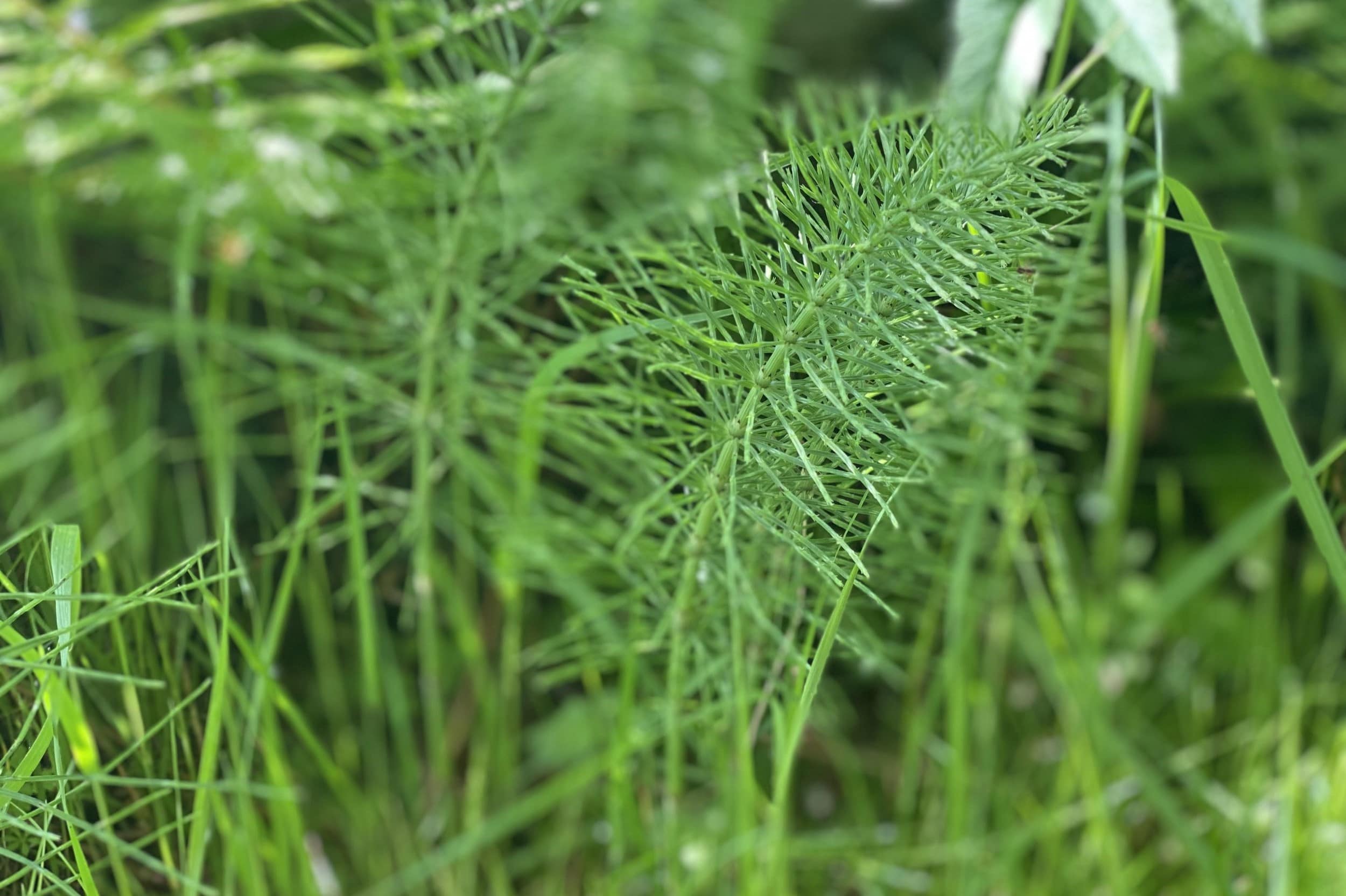

Landscaping Ideas
What Is Shave Grass
Modified: August 28, 2024
Discover the benefits of using shave grass in landscaping ideas. Learn how this versatile plant can enhance your outdoor space with its unique features and practical uses.
(Many of the links in this article redirect to a specific reviewed product. Your purchase of these products through affiliate links helps to generate commission for Storables.com, at no extra cost. Learn more)
Introduction
Introduction
Shave grass, also known as horsetail or Equisetum, is a unique and versatile plant that has been used for centuries due to its various beneficial properties. This ancient plant has a rich history of traditional use, and its versatility extends from landscaping to herbal medicine. Its distinct appearance, resembling a horse's tail with a bristly texture, makes it easily recognizable in the wild and in landscaping designs.
Shave grass holds a significant place in landscaping due to its ability to thrive in various conditions, making it a popular choice for both residential and commercial landscaping projects. Its resilience and adaptability make it a valuable asset in creating visually appealing and sustainable outdoor spaces.
Moreover, shave grass is not only valued for its landscaping potential but also for its diverse uses in herbal medicine and nutrition. Its high silica content and other essential nutrients make it a sought-after ingredient in herbal remedies and supplements. This article delves into the multifaceted nature of shave grass, exploring its description, uses, nutritional value, as well as potential side effects and precautions associated with its consumption.
Join us on a journey to uncover the wonders of shave grass, from its role in landscaping to its contributions to holistic health and well-being. Let's explore the fascinating world of this remarkable plant and discover the myriad ways it enriches our lives.
Description of Shave Grass
Key Takeaways:
- Shave grass, also known as horsetail or Equisetum, is a versatile plant used in landscaping and herbal medicine due to its resilience, ornamental value, and potential health benefits.
- With its high silica content and essential nutrients, shave grass offers potential benefits for hair, skin, and overall well-being, making it a valuable botanical resource for holistic wellness practices.
Description of Shave Grass
Shave grass, scientifically known as Equisetum, is a perennial plant that belongs to the Equisetaceae family. This unique plant is characterized by its striking appearance, featuring hollow, jointed stems with a rough texture and a distinct segmented pattern. The name “shave grass” stems from the historical use of its rough stems as a natural abrasive for smoothing and finishing wood, metal, and even shaving tools.
In landscaping, shave grass is prized for its ornamental value and resilience. It is often used to create lush, verdant landscapes, thanks to its vigorous growth and ability to thrive in various environmental conditions. Whether used as a ground cover, accent plant, or border edging, shave grass adds a touch of natural elegance to outdoor spaces.
One of the most fascinating aspects of shave grass is its unique reproductive structure. Unlike most plants, shave grass reproduces through spores rather than seeds, harkening back to its ancient origins. This distinctive method of reproduction adds to the plant’s mystique and allure, making it a captivating addition to any landscape.
Furthermore, shave grass has a rich history of traditional uses beyond landscaping. It has been employed in herbal medicine for its potential health benefits, and its nutrient-rich composition has made it a valuable ingredient in various wellness practices. Its high silica content, along with other essential minerals and compounds, contributes to its reputation as a beneficial botanical resource.
As we continue to explore the multifaceted nature of shave grass, we will uncover its uses in landscaping, its nutritional value, and the potential benefits it offers for holistic well-being. The next section delves into the diverse uses of shave grass, shedding light on its role in both landscaping and herbal medicine.
Uses of Shave Grass
Uses of Shave Grass
Shave grass, with its remarkable versatility, serves a multitude of purposes, ranging from landscaping to herbal medicine and nutritional supplementation. In landscaping, this resilient plant is valued for its ability to thrive in diverse environments, making it a popular choice for creating visually captivating outdoor spaces. Whether used as a ground cover to add texture and depth to garden beds or as a border plant to delineate pathways, shave grass contributes to the aesthetic appeal of gardens and landscapes.
Moreover, shave grass is renowned for its potential health benefits and has been utilized in herbal medicine for generations. It is often incorporated into herbal preparations and supplements due to its high silica content, which is believed to support hair, skin, and nail health. Additionally, its antioxidant properties make it a valuable ingredient in formulations aimed at promoting overall well-being.
Furthermore, shave grass is a rich source of various minerals, including calcium, potassium, and manganese, making it a valuable addition to nutritional regimens. Its potential to support bone health and contribute to overall mineral intake underscores its significance in holistic wellness practices.
Additionally, shave grass has been traditionally used in teas and infusions, offering a mild, earthy flavor and a potential source of beneficial compounds. These preparations are often enjoyed for their purported diuretic and detoxifying properties, contributing to the plant’s enduring appeal in natural health and wellness circles.
As we explore the multifaceted uses of shave grass, its role in nutrition, herbal medicine, and landscaping becomes increasingly apparent. The next section delves into the nutritional value of shave grass, shedding light on the essential nutrients it offers and its potential contributions to a balanced diet and holistic well-being.
Nutritional Value of Shave Grass
Shave grass, also known as horsetail, is a plant that has been used for centuries for its medicinal properties. It is high in silica, which is beneficial for hair, skin, and nail health. It can be brewed into a tea or used as a supplement for these benefits.
Nutritional Value of Shave Grass
Shave grass, also known as horsetail or Equisetum, possesses a wealth of essential nutrients, making it a valuable addition to holistic nutrition and wellness practices. This remarkable plant is renowned for its high silica content, a mineral that plays a crucial role in supporting various aspects of health, including hair, skin, and nail strength. In addition to silica, shave grass contains an array of other beneficial compounds and minerals that contribute to its nutritional value.
One of the key minerals found in shave grass is calcium, which is essential for maintaining strong bones and teeth. The presence of calcium in shave grass underscores its potential to support skeletal health and overall well-being. Furthermore, shave grass is a natural source of potassium, an important mineral that plays a vital role in regulating fluid balance, muscle contractions, and nerve signals within the body.
In addition to silica, calcium, and potassium, shave grass contains manganese, a trace mineral with antioxidant properties that help protect cells from oxidative stress. Manganese also contributes to the metabolism of nutrients and the maintenance of healthy bones. These combined nutritional elements make shave grass a noteworthy botanical resource with diverse health-promoting properties.
Furthermore, shave grass can be prepared as a tea or infusion, allowing individuals to enjoy its potential health benefits in a soothing and palatable form. Whether consumed as a beverage or incorporated into herbal formulations and supplements, shave grass offers a natural source of essential nutrients and beneficial compounds that support holistic well-being.
As we unravel the nutritional profile of shave grass, its potential contributions to a balanced diet and comprehensive wellness regimen become increasingly evident. The next section delves into the potential side effects and precautions associated with the consumption of shave grass, providing valuable insights for informed and responsible use of this remarkable botanical resource.
Side Effects and Precautions
Side Effects and Precautions
While shave grass offers a range of potential benefits, it is important to be mindful of potential side effects and precautions associated with its use. As with any botanical or dietary supplement, responsible consumption and awareness of potential considerations are essential for promoting safe and informed use.
One of the primary considerations when using shave grass is its potential for thiaminase activity, an enzyme that can break down thiamine (vitamin B1) in the body. Consuming large quantities of shave grass over an extended period may lead to a reduction in thiamine levels, potentially impacting overall health. Therefore, moderation and mindful consumption are key when incorporating shave grass into dietary or wellness practices.
Furthermore, due to its high silica content, excessive or prolonged use of shave grass may pose a risk of silica toxicity. Silica, while beneficial in appropriate amounts, can be harmful when consumed in excessive quantities. It is important to adhere to recommended dosages and consult healthcare professionals or qualified herbalists when considering shave grass as part of a wellness regimen.
Individuals with existing medical conditions, particularly those related to kidney function, should exercise caution when using shave grass, as its diuretic properties may affect fluid balance and electrolyte levels. Consulting with a healthcare provider is advisable to assess the appropriateness of incorporating shave grass into existing treatment plans or dietary regimens.
Moreover, pregnant or nursing individuals should seek guidance from healthcare professionals before using shave grass, as its potential effects during pregnancy and lactation have not been comprehensively studied. Ensuring the safety and well-being of both the individual and the developing fetus or infant is paramount, warranting careful consideration and informed decision-making.
By understanding the potential side effects and precautions associated with shave grass, individuals can make informed choices regarding its use and mitigate potential risks. Responsible consumption, moderation, and seeking professional guidance when necessary are fundamental principles for harnessing the potential benefits of shave grass while prioritizing safety and well-being.
Conclusion
Read also: 11 Best Shaved Ice Maker for 2025
Conclusion
Shave grass, with its rich history, diverse uses, and nutritional value, stands as a testament to the multifaceted contributions of botanical resources to landscaping, herbal medicine, and holistic well-being. From its role in creating visually captivating outdoor spaces to its potential health benefits and nutritional significance, shave grass continues to captivate and inspire.
In landscaping, shave grass emerges as a resilient and versatile plant, offering an array of design possibilities for creating lush and vibrant landscapes. Its adaptability and ornamental value make it a popular choice for enhancing the aesthetic appeal of gardens, parks, and commercial outdoor environments. Whether used as a ground cover, accent plant, or border edging, shave grass adds a touch of natural elegance to diverse landscaping projects.
Furthermore, shave grass’s presence in herbal medicine and nutrition underscores its enduring relevance and potential contributions to holistic wellness. Its high silica content, along with essential minerals and beneficial compounds, positions it as a valuable botanical resource with potential benefits for hair, skin, nail health, and overall well-being. Whether enjoyed as a tea or incorporated into herbal formulations and supplements, shave grass offers a natural source of essential nutrients and potential health-promoting properties.
As with any botanical resource, it is crucial to approach the use of shave grass with mindfulness and awareness of potential considerations. Understanding its potential side effects and precautions empowers individuals to make informed decisions and prioritize safe and responsible use. By embracing moderation, seeking professional guidance when necessary, and respecting individual health considerations, the potential benefits of shave grass can be harnessed while mitigating potential risks.
In conclusion, shave grass represents a harmonious convergence of natural beauty, traditional wisdom, and potential wellness support. Its enduring allure in landscaping, herbal medicine, and nutrition underscores its timeless significance and the enduring bond between humanity and the natural world. Whether adorning outdoor spaces or enriching holistic wellness practices, shave grass continues to weave its story of resilience, versatility, and potential well-being contributions.
Frequently Asked Questions about What Is Shave Grass
Was this page helpful?
At Storables.com, we guarantee accurate and reliable information. Our content, validated by Expert Board Contributors, is crafted following stringent Editorial Policies. We're committed to providing you with well-researched, expert-backed insights for all your informational needs.

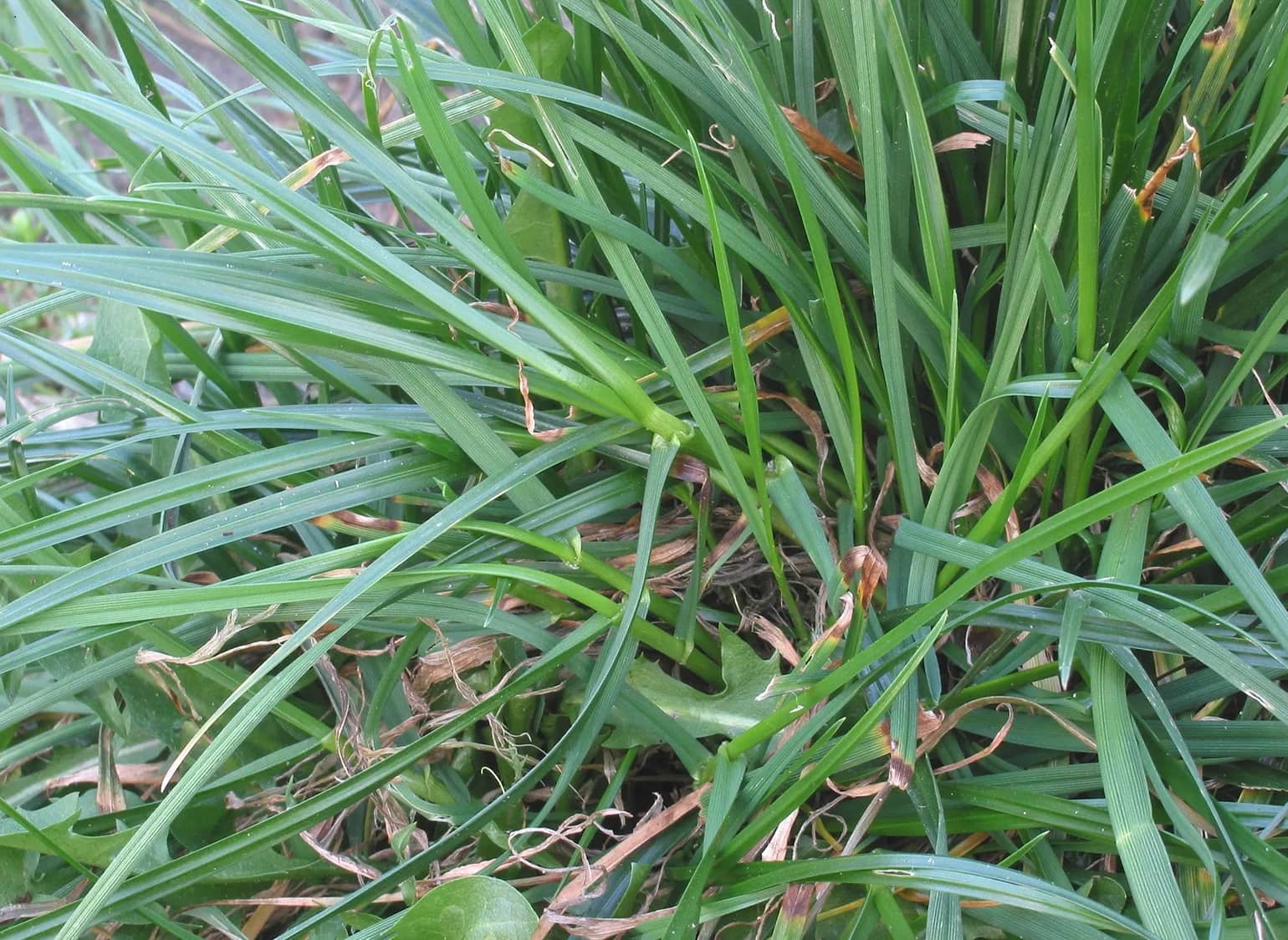

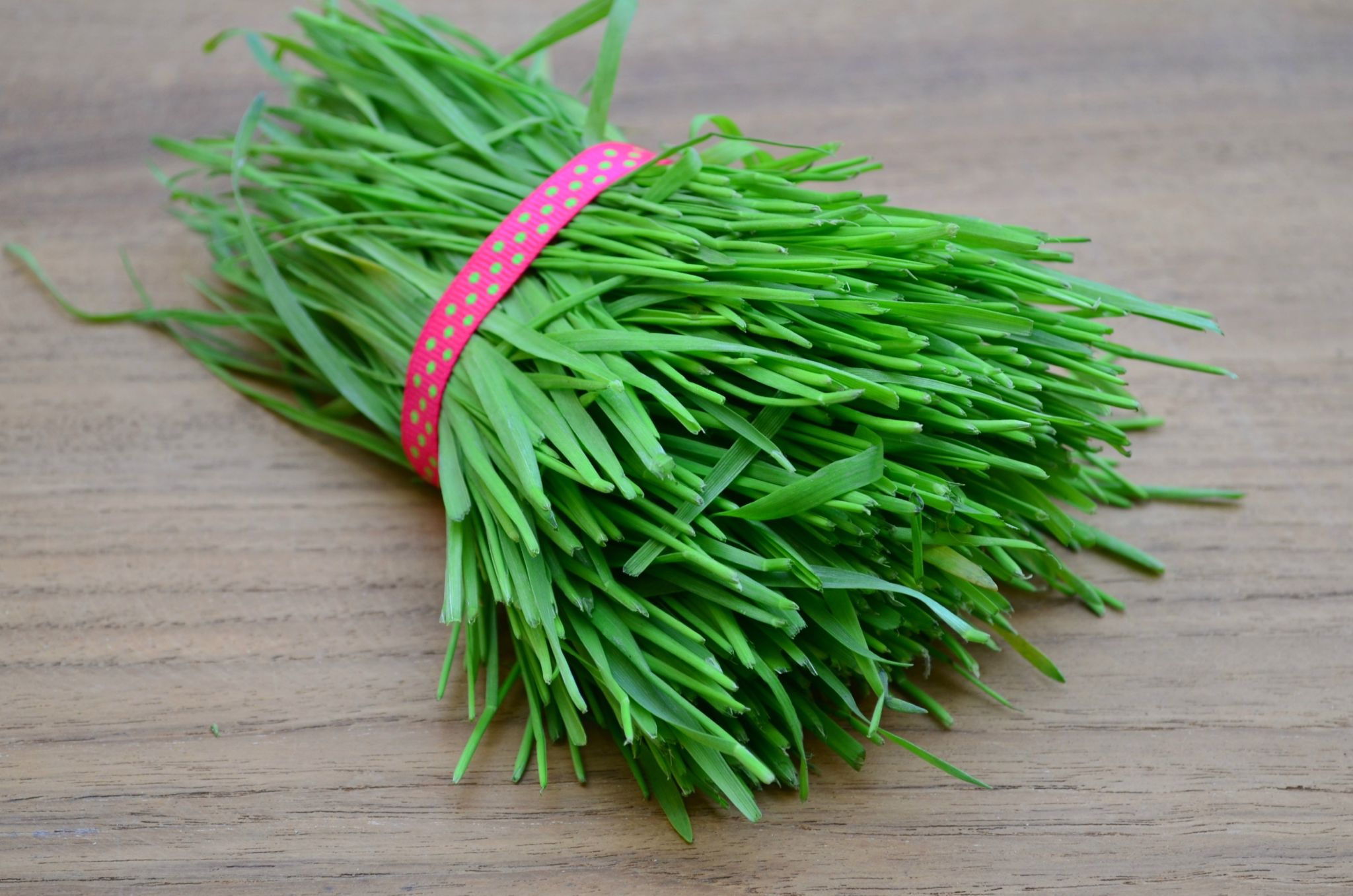
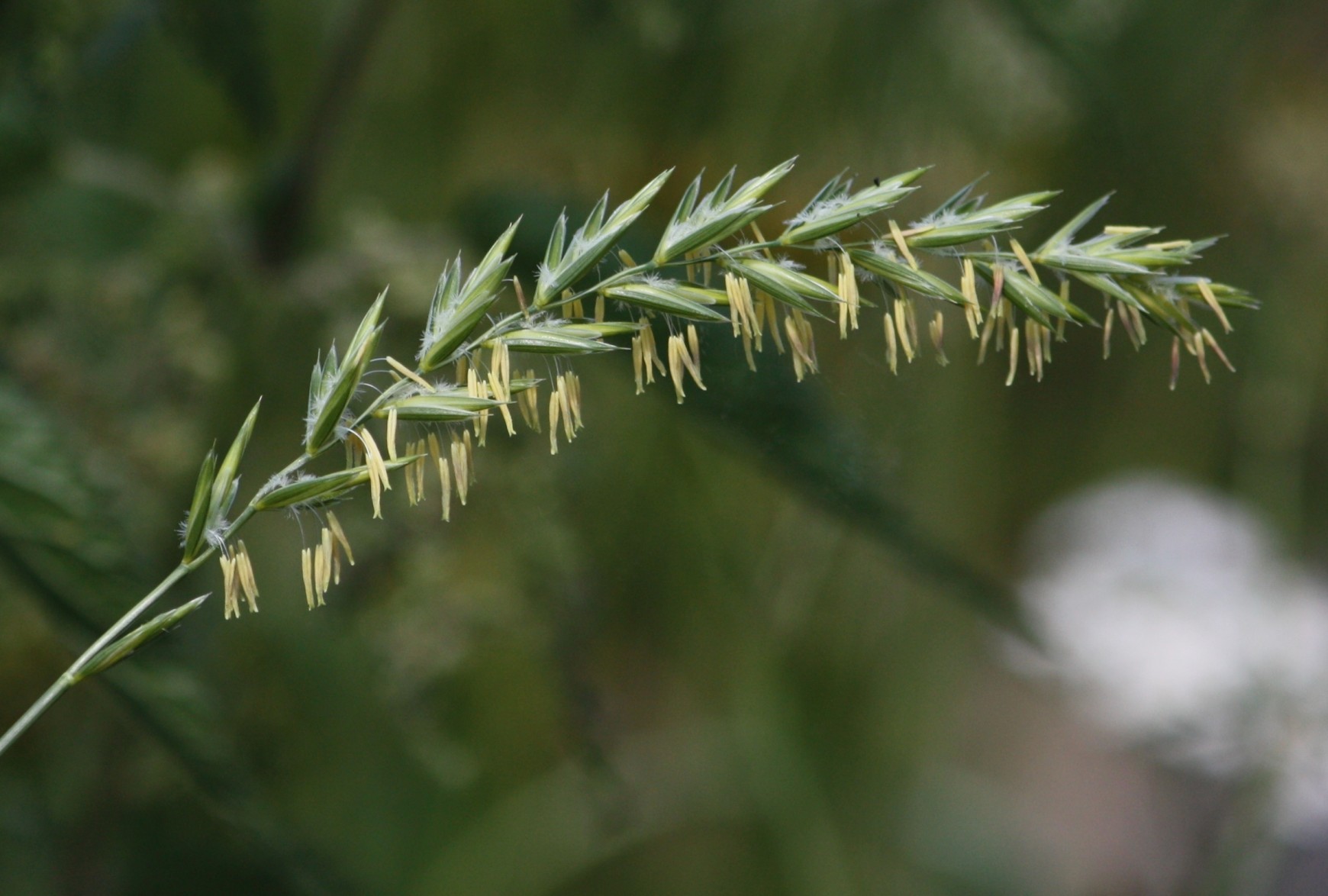
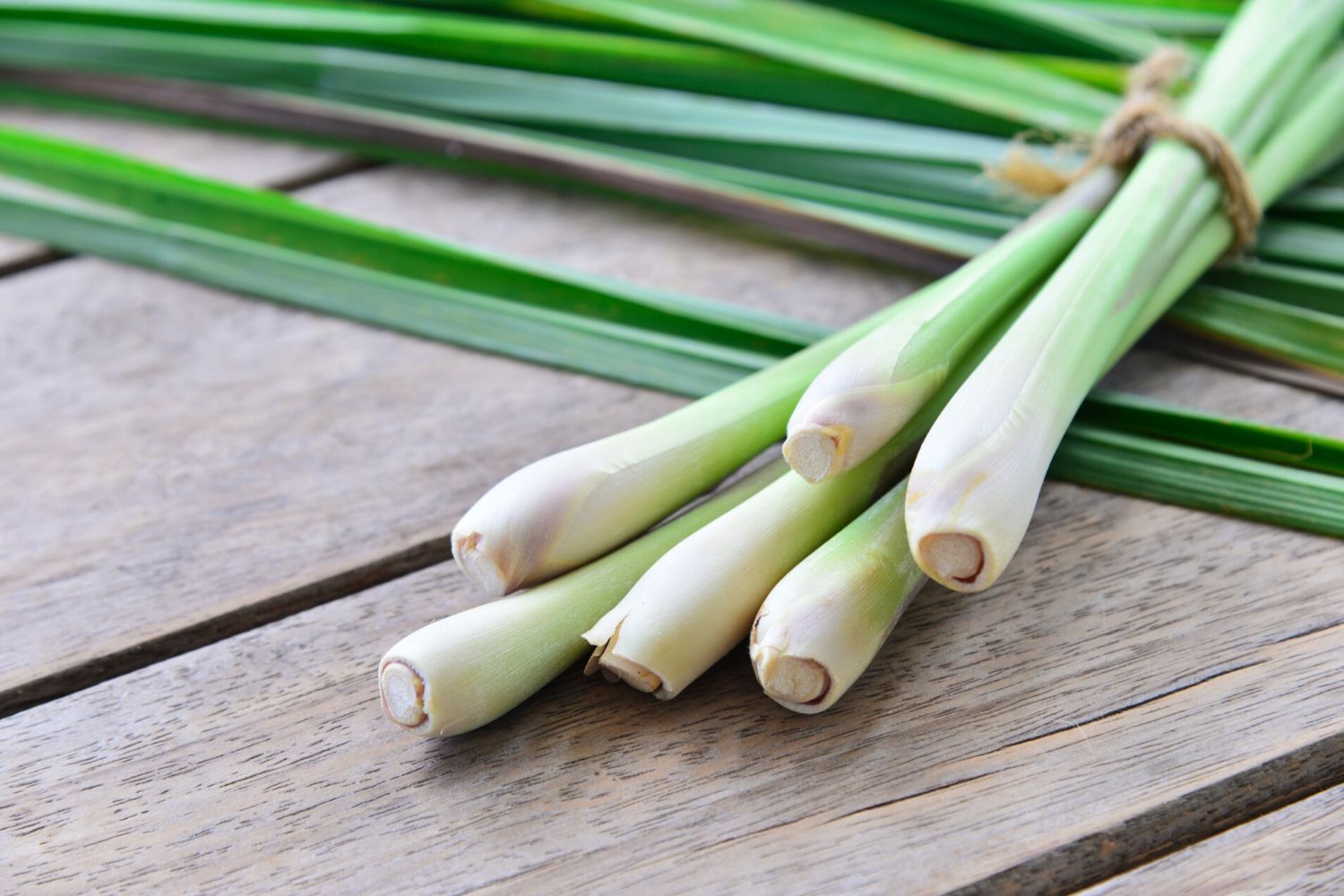
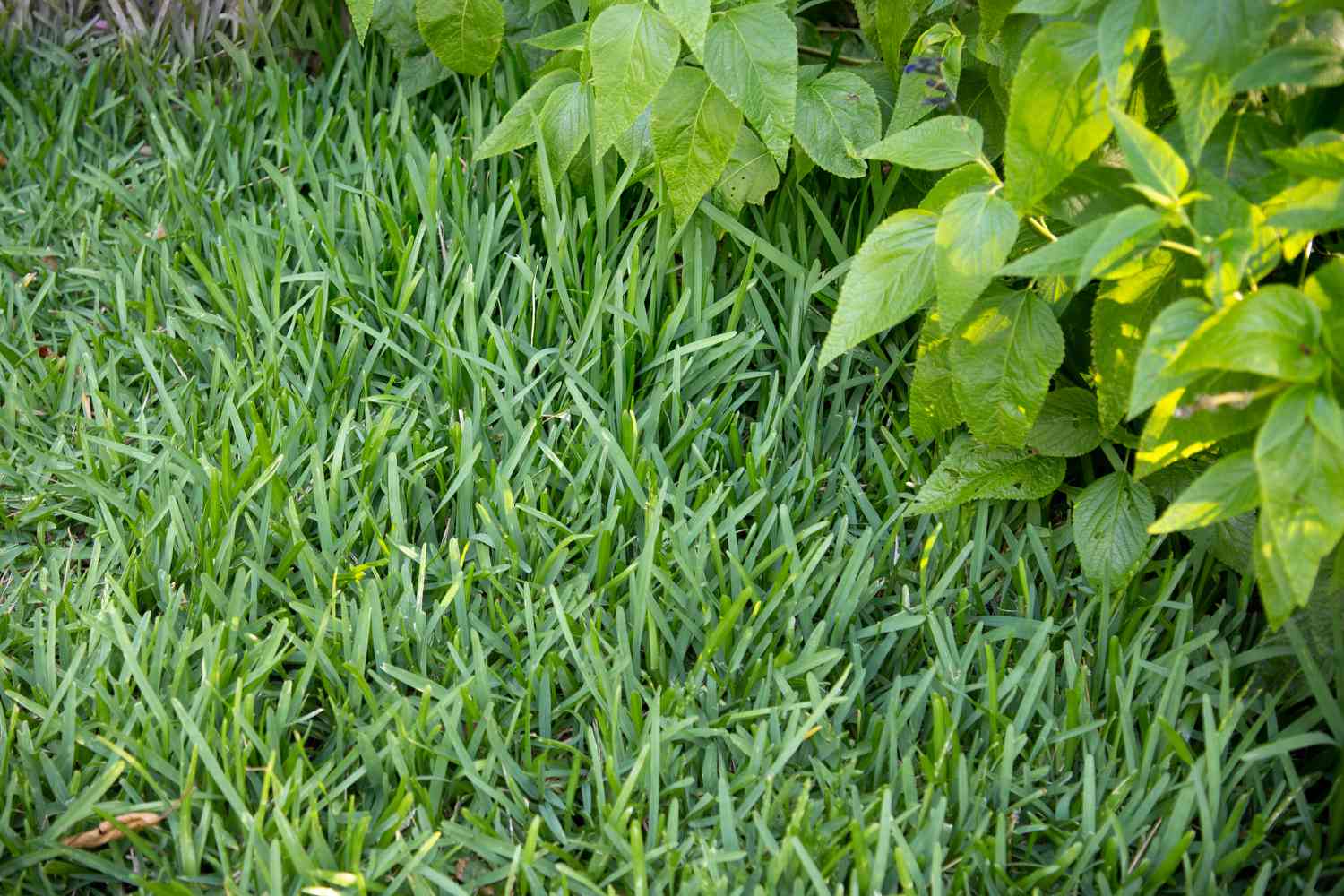
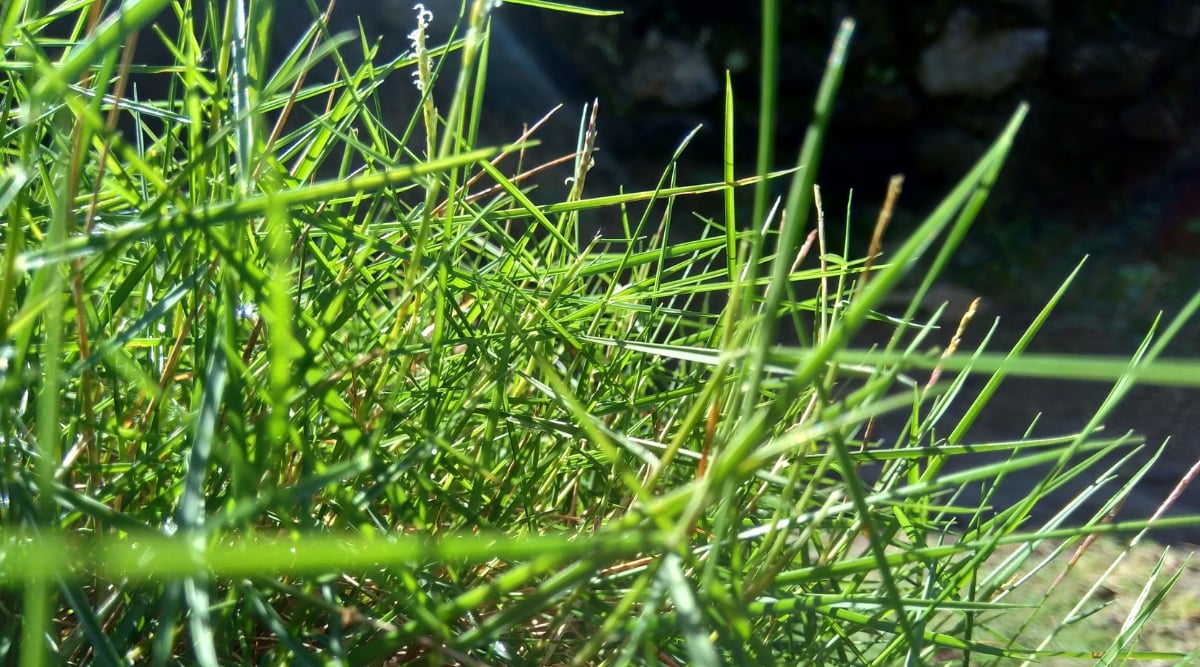
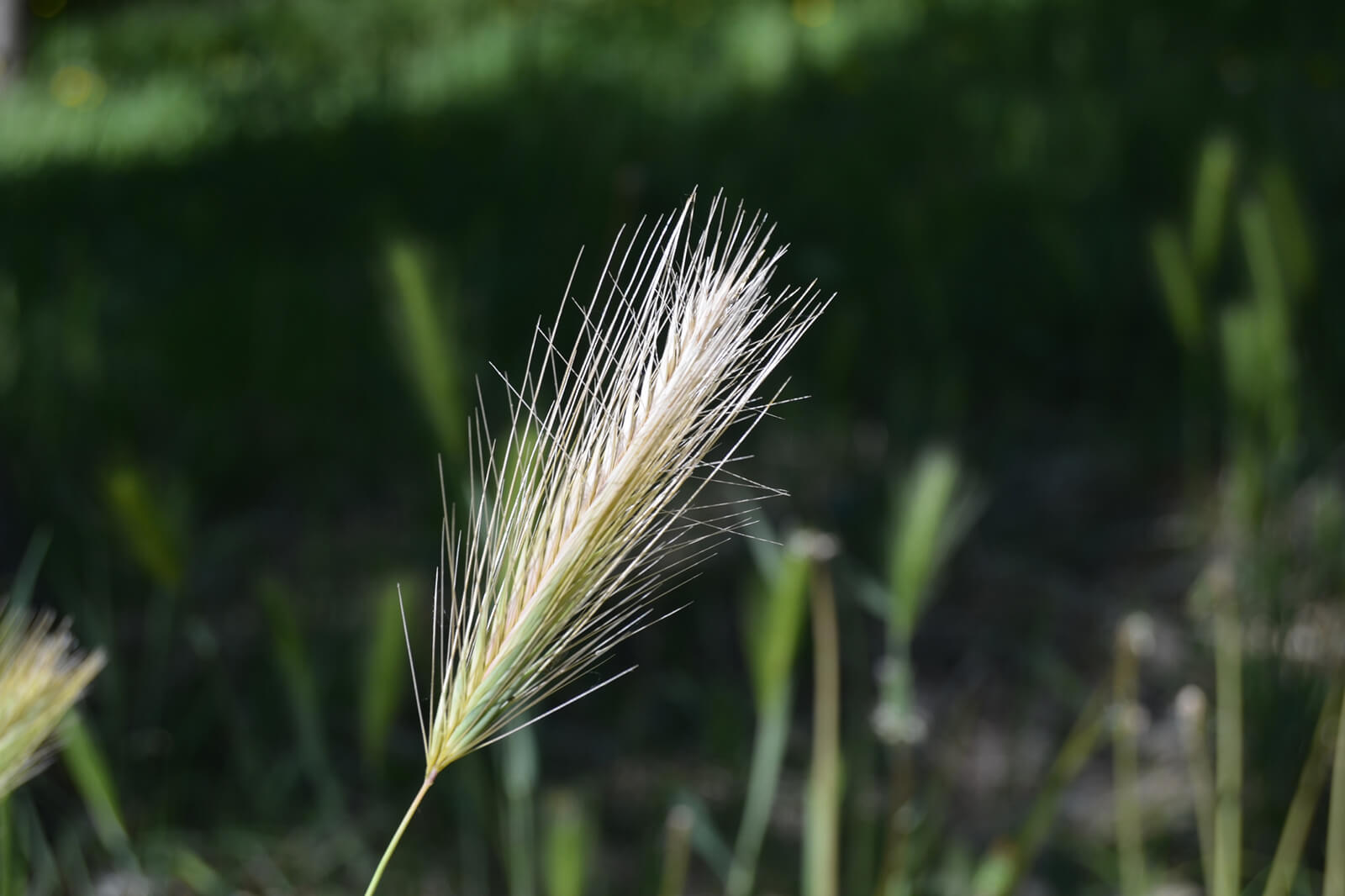
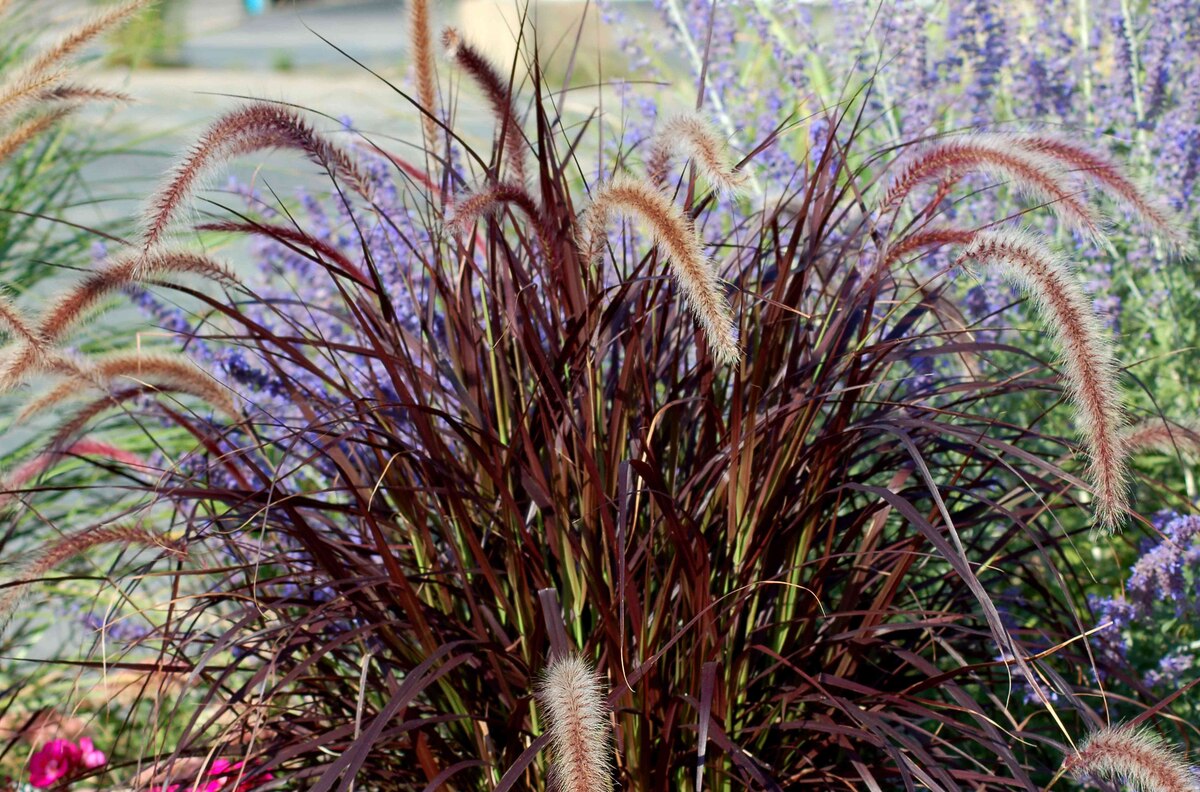
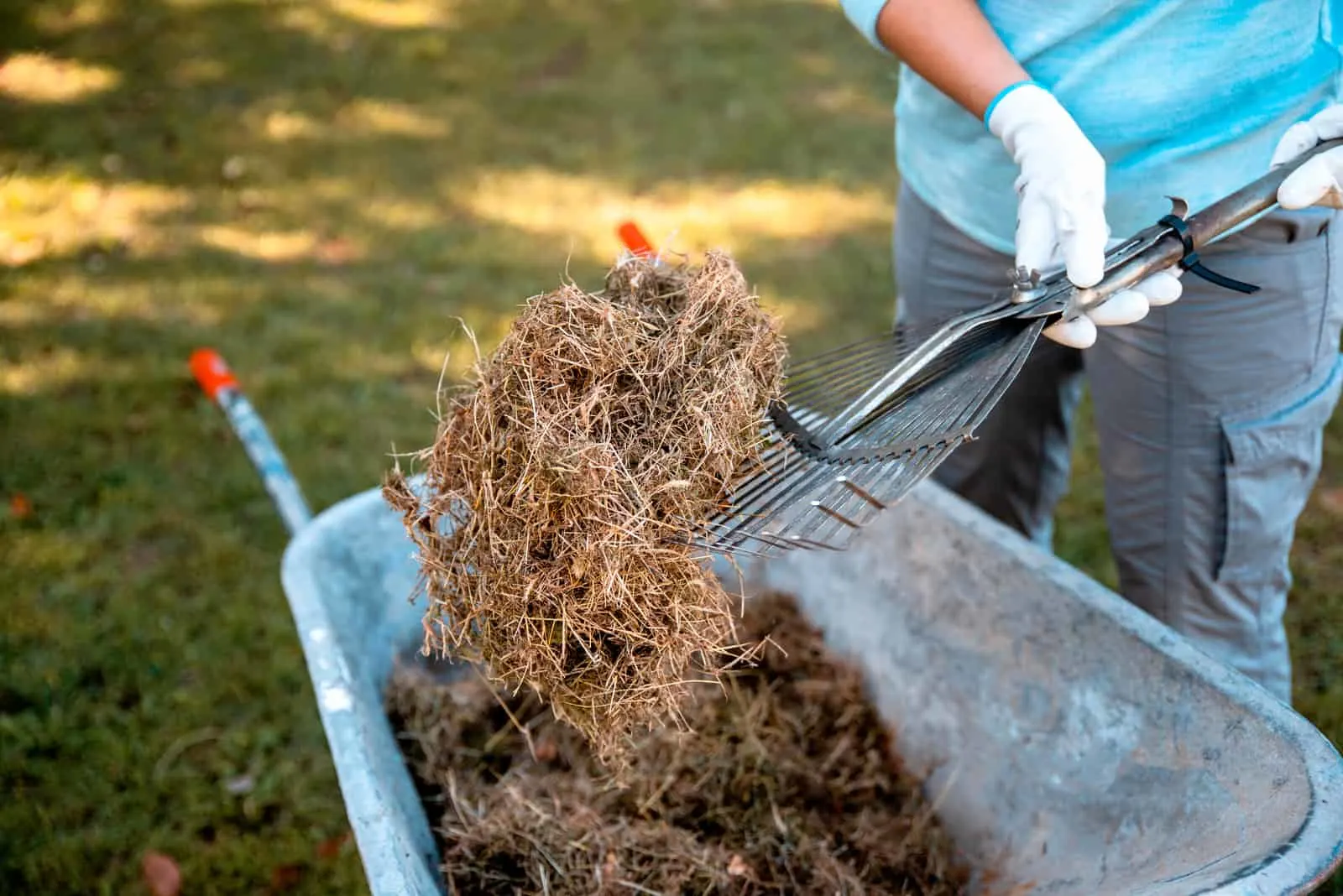
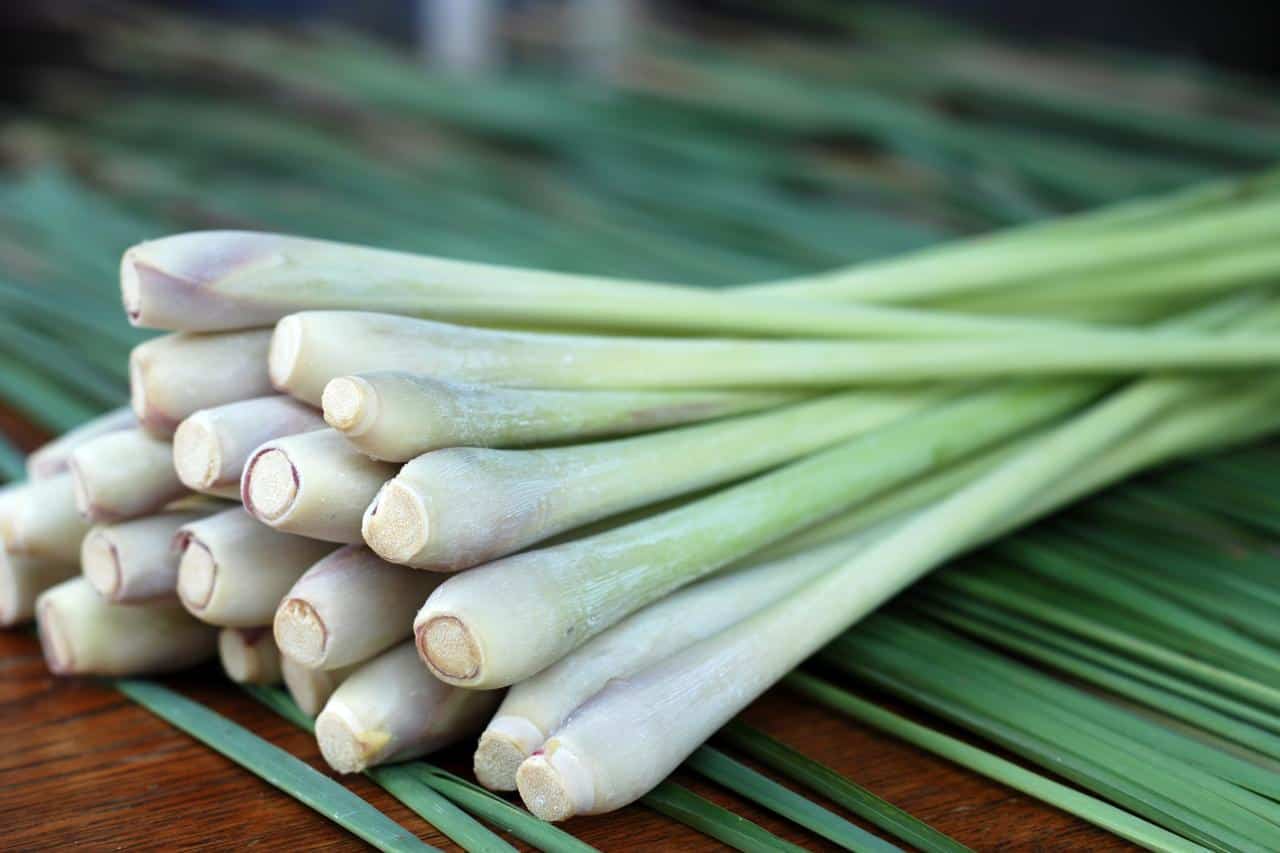
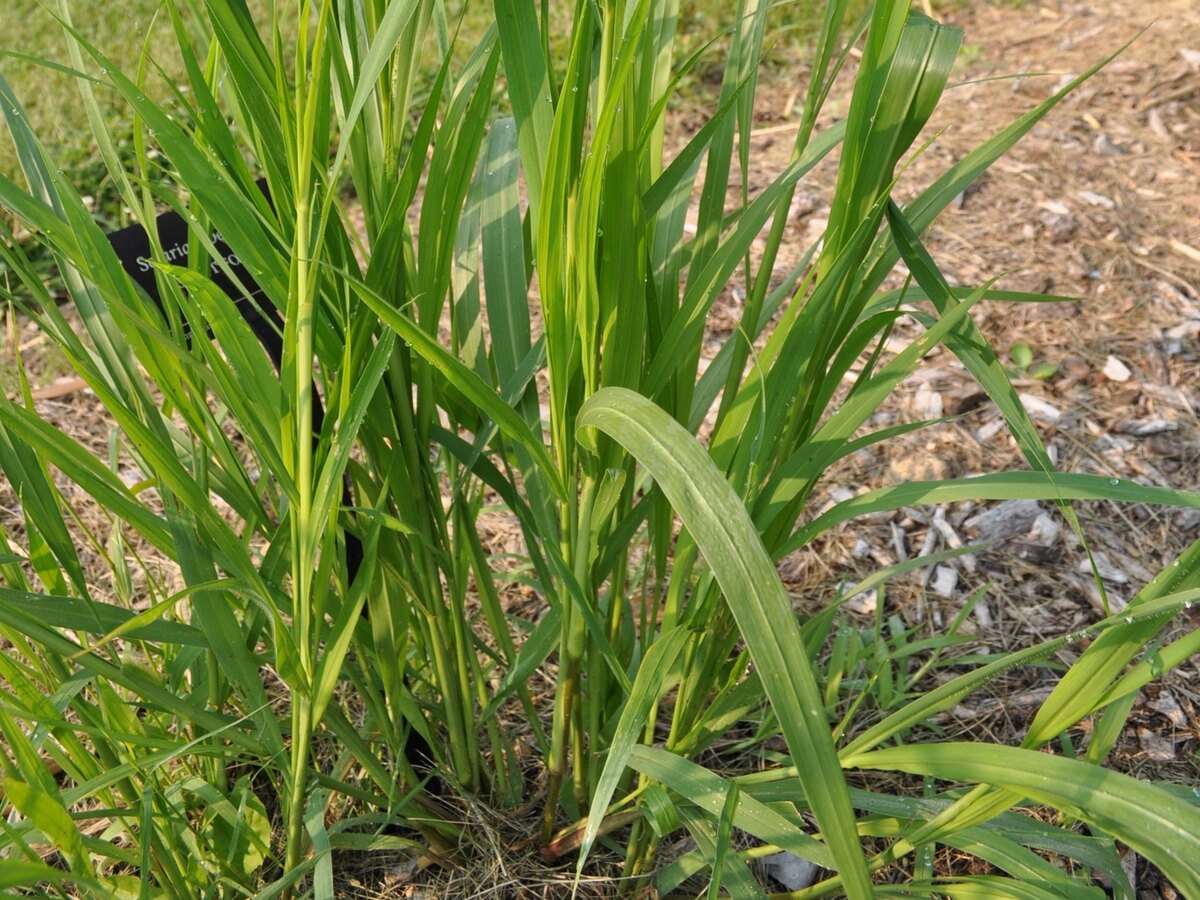
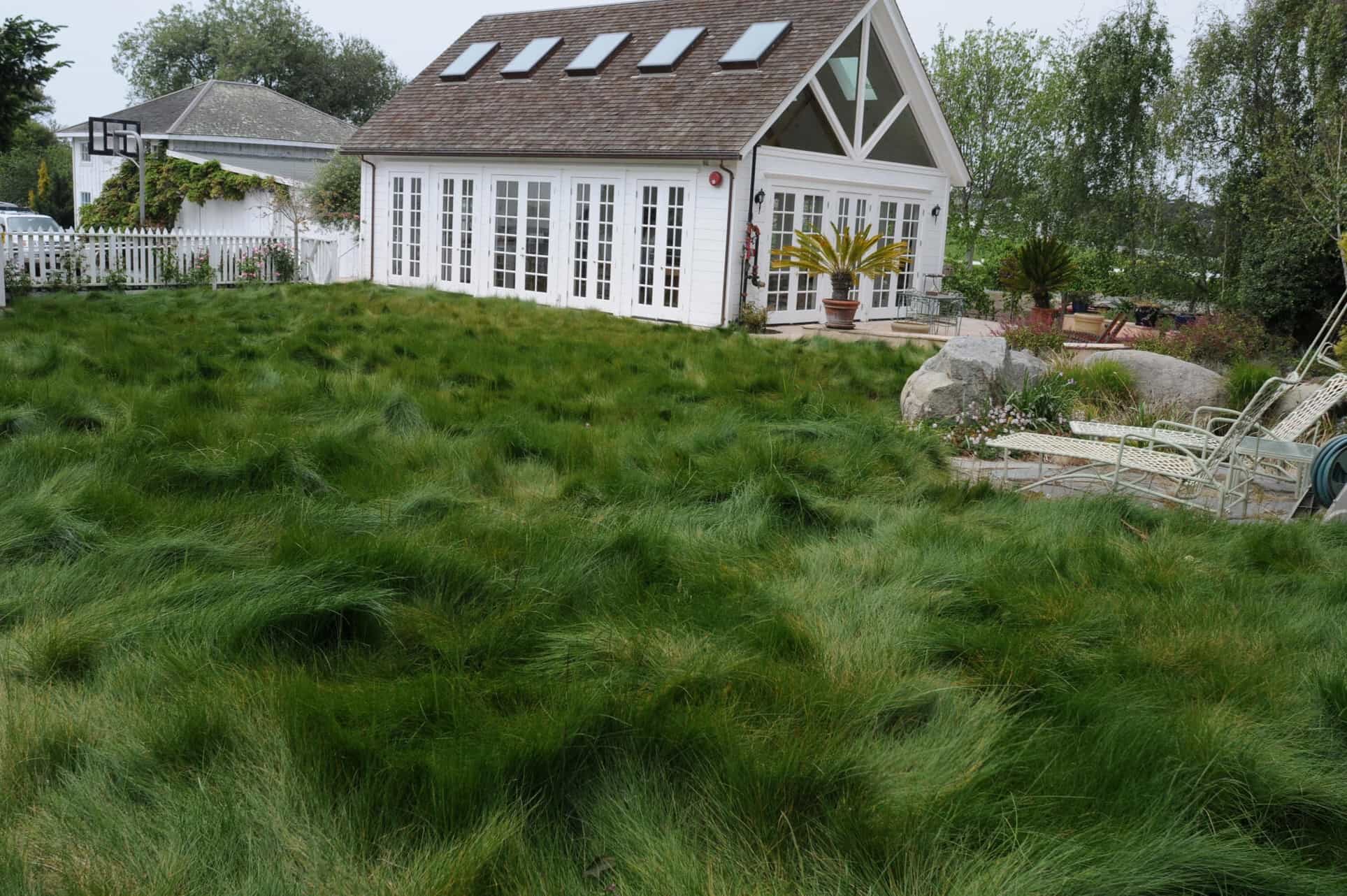

0 thoughts on “What Is Shave Grass”